Parasite SEO, once a fringe tactic, has become a mainstream subject of debate in 2023–2025. At its core, Parasite SEO means publishing content on high-authority third-party platforms (Medium, Quora, Reddit, LinkedIn, large publishers) to piggyback on their domain reputation and secure faster ranking for competitive keywords. While often positioned as an affordable SEO approach that delivers rapid visibility, recent changes to Google’s policies and publisher behavior have made nuance and ethics critical.
Why Parasite SEO Matters in Modern SEO
Two big forces make Parasite SEO tempting in 2025:
- Speed to Rank: On authority domains, it is often faster to gain visibility than to build a new page and acquire backlinks on your own site.
- Distribution & Trust: Platforms with built-in audiences deliver referral traffic and social proof quickly.
Google’s increased focus on site reputation abuse and tighter enforcement after 2023–2024 means that sites and pages appearing exploitative can be downranked or removed; therefore, the strategy must be used with caution.
This article is a practical, ethical, and strategy-focused guide for marketers and in-house SEOs who want to understand Parasite SEO in 2025: how it works, why you might use it, the risks, step-by-step implementation, comparisons with traditional SEO, and how AI plus algorithm changes may shape its future.
Also Read: How the August 2025 Spam Update Affects Website Ranking
Benefits of Parasite SEO in 2025
- Faster Rankings: Because the host domain already has strong authority and indexing frequency, well-optimized parasite pages can begin ranking in days or weeks, faster than many brand domains. This makes Parasite SEO attractive for product launches, affiliate campaigns, and time-sensitive promotions.
- Authority Piggybacking: You are leveraging another site’s trust signals without having to build them yourself. For new brands or competitive verticals, piggybacking can unlock SERP positions that would otherwise be out of reach.
- Cost-Effectiveness: Creating content on platforms you already have access to can be far cheaper than long, slow content plus link acquisition campaigns, especially when budgets are tight and time is short.
Also Read: 10 Powerful Link Building Techniques For SEO
Risks and Limitations of Parasite SEO
- Google Penalties: Google’s site reputation abuse updates target content that exploits host sites to rank unrelated or low-quality material. Publishers and parasite pages have seen de-indexing and ranking drops after policy enforcement. Using parasite tactics without aligning to quality and relevance can trigger manual or algorithmic penalties.
- Ethical Concerns: Parasite SEO can blur the line between helpful content and exploitation. Publishers are increasingly pushing back against third-party content that does not match their audience, and several major outlets have changed contributor policies as a result. This raises reputational risk for marketers who push thin, conversion-heavy parasite pages.
- Short-Term vs Long-Term Strategy: Parasite SEO often delivers short-term wins but limited long-term equity. You do not build domain authority for your brand, and the host platform ultimately controls the asset. Content can be edited or removed, policy-changed, or demoted. Use parasite tactics as part of a balanced strategy, not a permanent replacement for building your own brand and assets.
How to Implement Parasite SEO in 2025
Parasite SEO requires a strategic, step-by-step approach to maximize visibility while minimizing risk. Below is a detailed roadmap for ethical and effective implementation in 2025.
Identifying High-Authority Platforms
Selecting the right host platform is the foundation of successful Parasite SEO. Not all high-DA domains are suitable, and relevance, indexing speed, and content longevity are crucial.
Key factors to consider:
- Indexing frequency: Platforms like Medium, LinkedIn Pulse, Reddit, and high-authority news sites tend to index new content quickly, allowing your page to appear in search results within days rather than weeks. For example, LinkedIn articles can appear in Google search results within 24–48 hours if properly optimized.
- Topical relevance: Publishing on platforms aligned with your niche ensures the content resonates with the audience and avoids Google’s “site reputation abuse” flags. A health startup should focus on health-related subreddits or Medium publications rather than generic high-DA blogs.
- Content durability: Avoid platforms that delete posts quickly or prioritize ephemeral content like Instagram captions or TikTok posts. Long-lasting platforms ensure your investment continues to generate traffic over time.
- Link allowance and flexibility: Verify that the host allows natural outbound links. Some platforms restrict links or mark them as nofollow, which limits SEO benefit. Platforms like Medium or Substack are ideal because they permit embedded links naturally within context.
Tools to help identify opportunities:
- Ahrefs: Analyze which domains rank for your target keywords and assess their domain authority, traffic, and link profile.
- SEMrush: Identify competitors’ guest posts or syndicated content opportunities.
- Moz: Evaluate domain and page authority to ensure you’re targeting strong platforms.
Practical tip: Focus on relevant authority over sheer domain authority. A niche forum with a dedicated audience may generate higher conversions than a generic site with a higher DA.
Creating Optimized Content
High-quality content is the backbone of successful Parasite SEO. The content must provide genuine value, align with search intent, and follow platform-specific best practices.
Best practices:
- Match user intent: Understand whether users are looking for guides, reviews, tutorials, or case studies. For example, a query like “best CMS for small business 2025” requires a comparative guide, not a one-line promotional page.
- Long-form and in-depth content: Well-structured content with headings, bullet points, charts, images, and tables performs better. Studies show content over 1,500 words often ranks higher in competitive niches.
- Unique insights: Avoid duplicating what the host already has. Add original research, case studies, infographics, or expert interviews. Unique content increases engagement and reduces the chance of being flagged for low-quality.
- Natural linking: Include contextual, relevant links to your own website. For example, link to your “SEO Services” or “Link Building” pages naturally within the guide, rather than using overtly promotional anchors.
- Compliance with platform rules: Follow editorial guidelines to maintain visibility. Medium publications, for instance, prefer actionable advice and discourage purely promotional content.
Leveraging Backlinks and Internal Linking
To boost the ranking potential of parasite pages, backlinks and internal linking are crucial.
Backlink strategy:
- Acquire quality backlinks to the parasite page itself. This signals authority to search engines and can improve SERP performance.
- Use social amplification: Share the parasite page on Twitter, LinkedIn, and niche forums to attract organic links and traffic.
- Collaborate with micro-influencers in your niche to reference the parasite content, generating credible backlinks.
Internal linking and funneling:
- Treat the parasite page as a traffic funnel to your website. Embed relevant links to your in-depth content, tools, or services.
- Example: Within a guide on Medium, link to your detailed “SEO Services” page with descriptive anchor text like Learn more about our SEO strategy.
- Use tracking URLs (UTM parameters) to measure referral performance without harming user experience.
Caution: Avoid excessive or manipulative linking, as this can lead to Google penalties and loss of host platform trust.
Tracking and Measuring Results
Measurement is critical for assessing ROI and refining your strategy. Focus on both SEO metrics and business outcomes.
Key metrics to track:
- Search visibility: Use Google Search Console (if accessible for the host page) or rank tracking tools to monitor keyword rankings.
- Referral traffic: Track traffic from parasite pages to your own website via Google Analytics or GA4.
- Conversions and ROI: Measure actual business results like form submissions, downloads, or sales generated from the traffic.
- Engagement metrics: Time on page, scroll depth, bounce rate, and social shares indicate content effectiveness.
- Link performance: Monitor incoming backlinks and their quality to the parasite page.
Actionable insight: Use results to decide whether to scale successful pages with additional content, backlinks, or paid promotion. Unsuccessful parasite pages can be refined or used as learning material for your own content strategy.
Also Read: Link Building SEO Guide for 2025
Parasite SEO vs Traditional SEO
Key Differences
| Feature | Parasite SEO | Traditional SEO | Notes / When to Use |
|---|---|---|---|
| Asset Ownership | Content resides on a third-party domain. You don’t own the page, and its ranking is dependent on the host platform. | Content resides on your own domain. You fully own the page and control updates, links, and structure. | Use Parasite SEO for quick wins or testing content; Traditional SEO for long-term brand equity. |
| Longevity | Usually short- to medium-term. Host platforms can remove or demote content anytime. Rankings may drop if the host loses authority. | Long-term. Well-optimized pages build compounding traffic, backlinks, and authority over time. | Parasite SEO is ideal for time-sensitive campaigns; Traditional SEO ensures sustainable traffic growth. |
| Control | Limited. You must comply with the host’s rules, editorial policies, and content format. | Full control over design, structure, updates, and linking. | Parasite SEO is faster but less flexible; Traditional SEO allows full customization and testing. |
| Cost & Speed | Lower initial cost and faster results. No need for heavy link building; content can rank quickly due to the host authority. | Higher initial investment. Requires content creation, technical optimization, and link-building campaigns, which take time to show results. | Parasite SEO is useful for campaigns needing fast visibility; Traditional SEO is a long-term investment for consistent traffic. |
| Trust & Authority | Relies on the host platform’s authority. Your brand may benefit indirectly through exposure. | Built entirely on your domain. Strengthens your brand’s authority and credibility over time. | Parasite SEO boosts immediate visibility; Traditional SEO strengthens brand trust long-term. |
| Risk of Penalties | Higher risk if content is spammy, low-quality, or violates platform policies. Google may penalize for site reputation abuse. | Lower risk if content follows SEO best practices. Your own domain is less likely to be flagged for abusive tactics. | Ensure Parasite SEO content is high-quality to minimize penalties. Traditional SEO is safer for long-term campaigns. |
| Scalability | Easy to scale across multiple high-authority platforms, but each requires careful monitoring. | Slower to scale; building domain authority and backlinks takes time, but results are cumulative. | Parasite SEO is suitable for testing multiple keywords quickly; Traditional SEO scales sustainably over time. |
| Audience Targeting | Depends on the host’s audience. You may reach a highly relevant niche or a broad, untargeted audience. | Fully controlled. You can target specific personas with tailored content and conversion paths. | Use Parasite SEO when the host audience aligns with your target; Traditional SEO gives full control over messaging. |
Summary / Strategy Tip:
- Use Parasite SEO for fast visibility, testing new ideas, time-sensitive campaigns, or when your domain lacks authority.
- Use Traditional SEO to build long-term traffic, brand authority, and evergreen content.
- The hybrid approach works best: test content via Parasite SEO, gather insights, then repurpose and expand on your own domain for sustained results.
Also Read: White Hat vs Black Hat Link Building-What You Need To Know
Future of Parasite SEO Beyond 2025
AI and Search Algorithm Evolution
AI content and automated publishing exploded in 2023–2025. Google’s reaction has been to sharpen policies around low-quality, search-first content distributed across multiple publisher pages. Ethical, human-centered parasite content that serves real readers will fare better.
Sustainable White-Hat Alternatives
- Barnacle SEO: Build presence on directories and resource pages relevant to your niche
- Partnership Content: Co-authored content with publishers that matches their audience and editorial standards
- Syndication with canonical tags: Syndicate high-quality pieces to platforms while pointing canonical to your domain
- Robust owned content: Use parasite tactics to test topics, then roll winning patterns into your own content
Also Read: Google E-E-A-T Content Quality Checklist For Higher Rankings
FAQs About Parasite SEO in 2025
1. What is Parasite SEO in 2025?
Parasite SEO is the practice of publishing content on high-authority third-party sites like Medium, LinkedIn, or Reddit to rank faster for competitive keywords. In 2025, it’s still effective but must be used ethically to avoid Google penalties.
2. Why is Parasite SEO important today?
Parasite SEO helps brands gain quick visibility, drive referral traffic, and piggyback on trusted domains. It’s especially useful for product launches, affiliate marketing, and time-sensitive campaigns where traditional SEO would take too long.
3. Is Parasite SEO safe after Google’s updates?
Parasite SEO can be safe if done with quality, relevant content that matches the host platform’s audience. Spammy or unrelated content risks being penalized under Google’s “site reputation abuse” guidelines. Focus on value, not just rankings.
4. How is Parasite SEO different from traditional SEO?
Parasite SEO relies on external domains for fast results, while traditional SEO builds long-term authority on your own site. Parasite SEO is great for quick wins, but traditional SEO provides sustainable growth and brand equity.
5. What platforms work best for Parasite SEO?
In 2025, effective platforms include Medium, LinkedIn Pulse, Reddit, Quora, and Substack. The best choice depends on your niche, content type, and audience relevance. Always prioritize topical alignment over just domain authority.
6. Can Parasite SEO replace traditional SEO?
No. Parasite SEO is a tactical strategy, not a replacement for building your own domain. It works best as part of a hybrid approach: use Parasite SEO for quick rankings, then scale proven content on your own website for long-term success.
Final Thoughts
Parasite SEO is not dead in 2025, but it has changed. It can still deliver rapid, measurable wins when executed ethically. Use it as a tactical tool in a diversified SEO playbook. For strategic campaigns that need speed plus safety, combine parasite tests with an owned content roadmap.
Contact us for professional guidance on ethical Parasite SEO experiments, link building, or a full organic growth plan.



















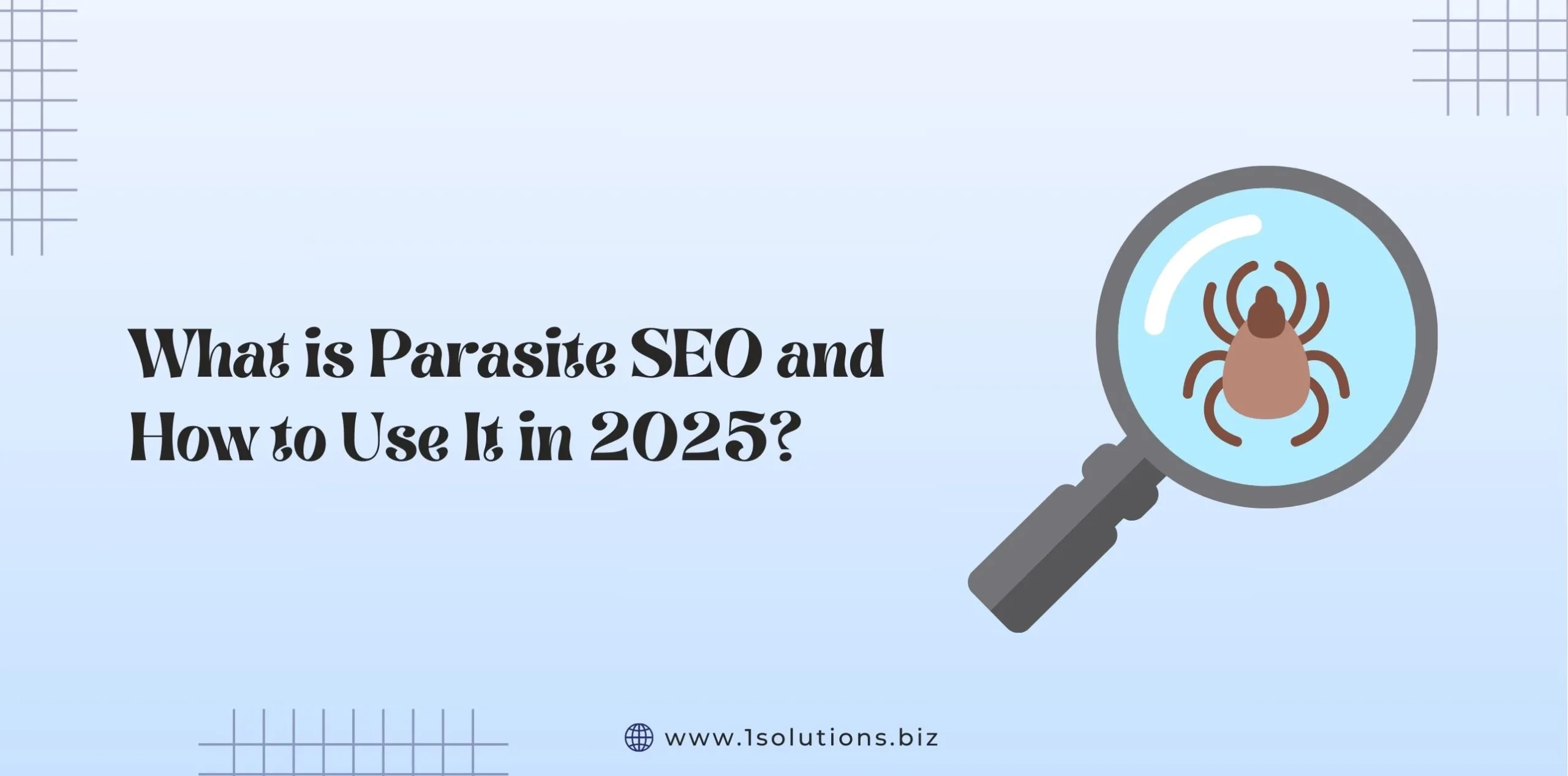
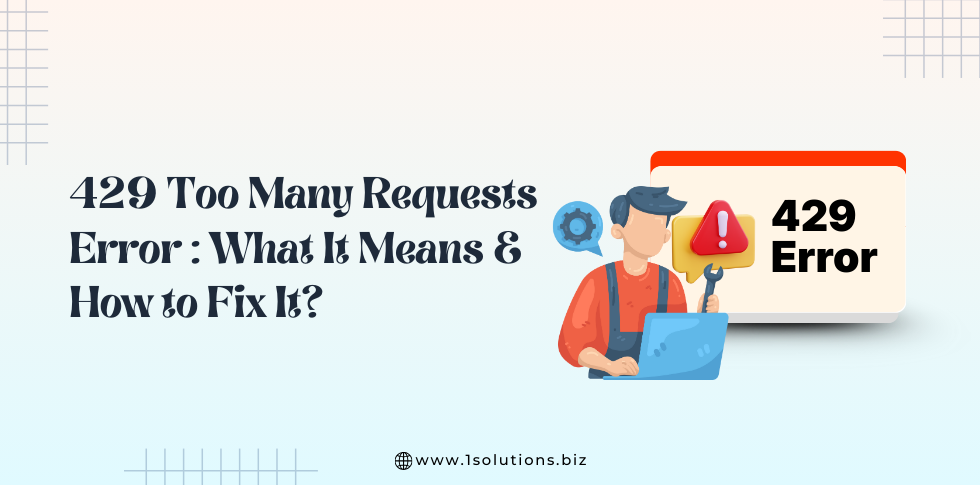
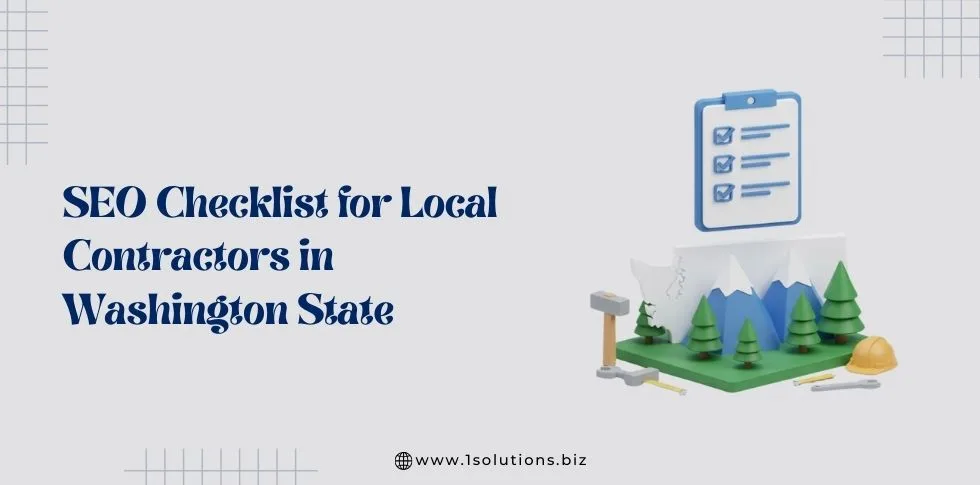


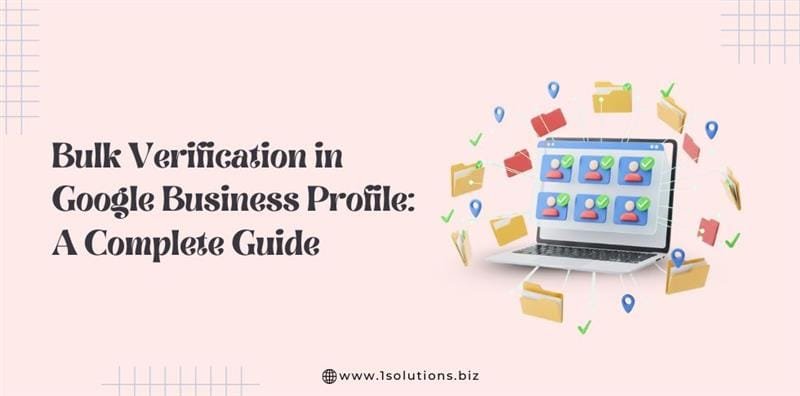
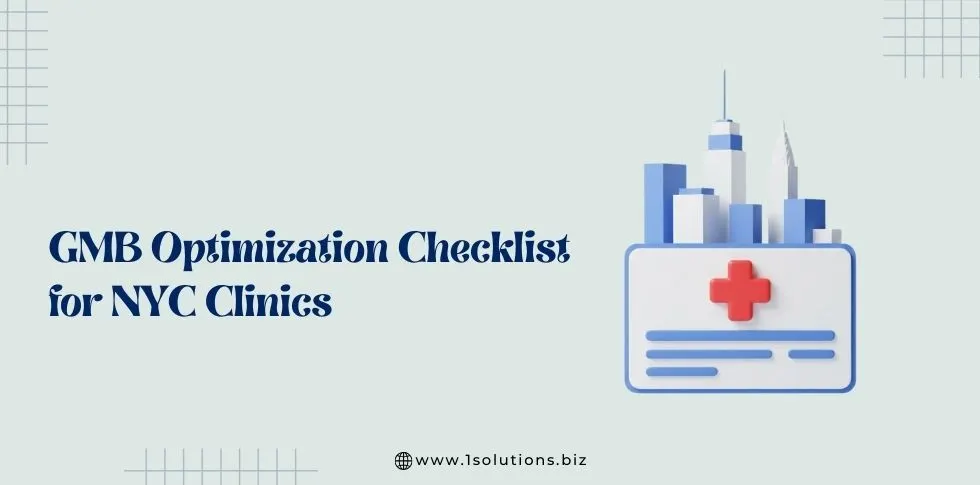
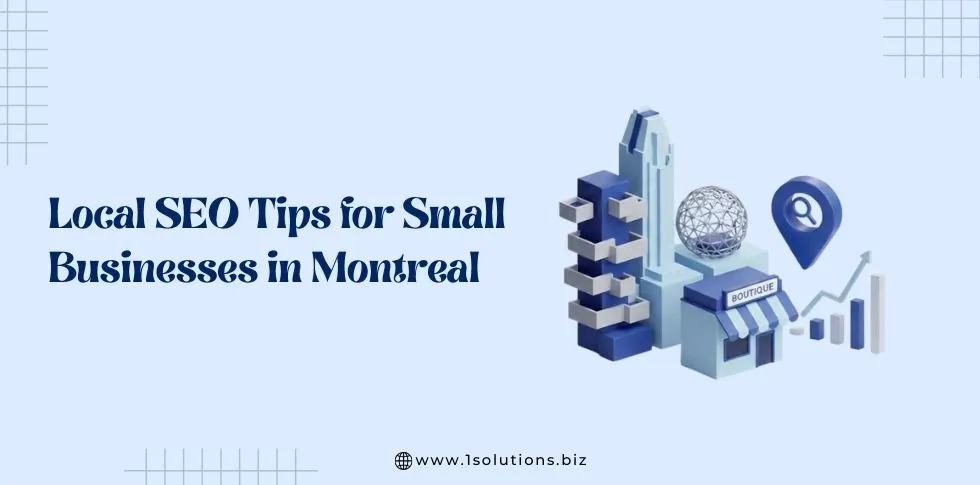
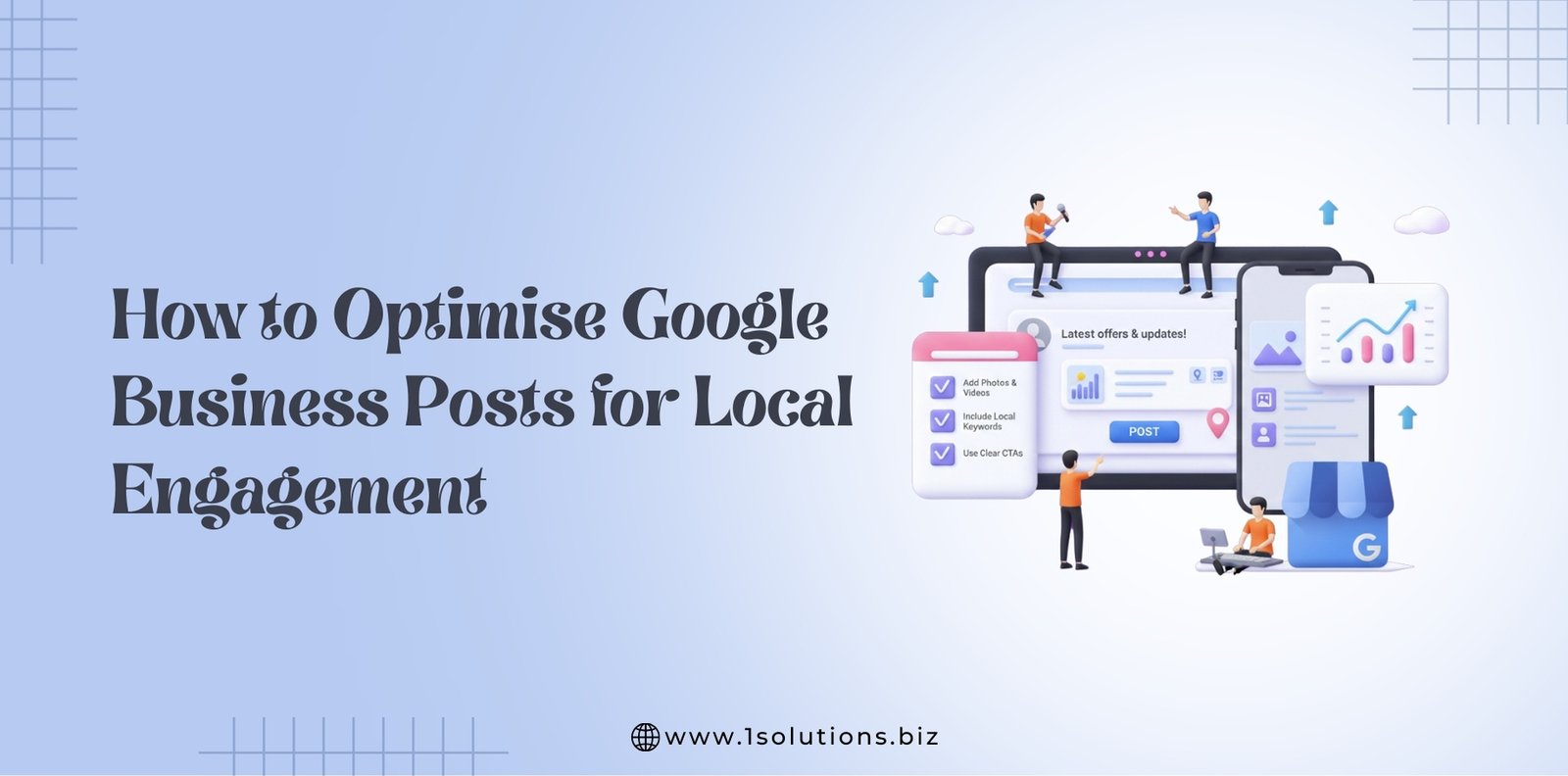




 in India
in India